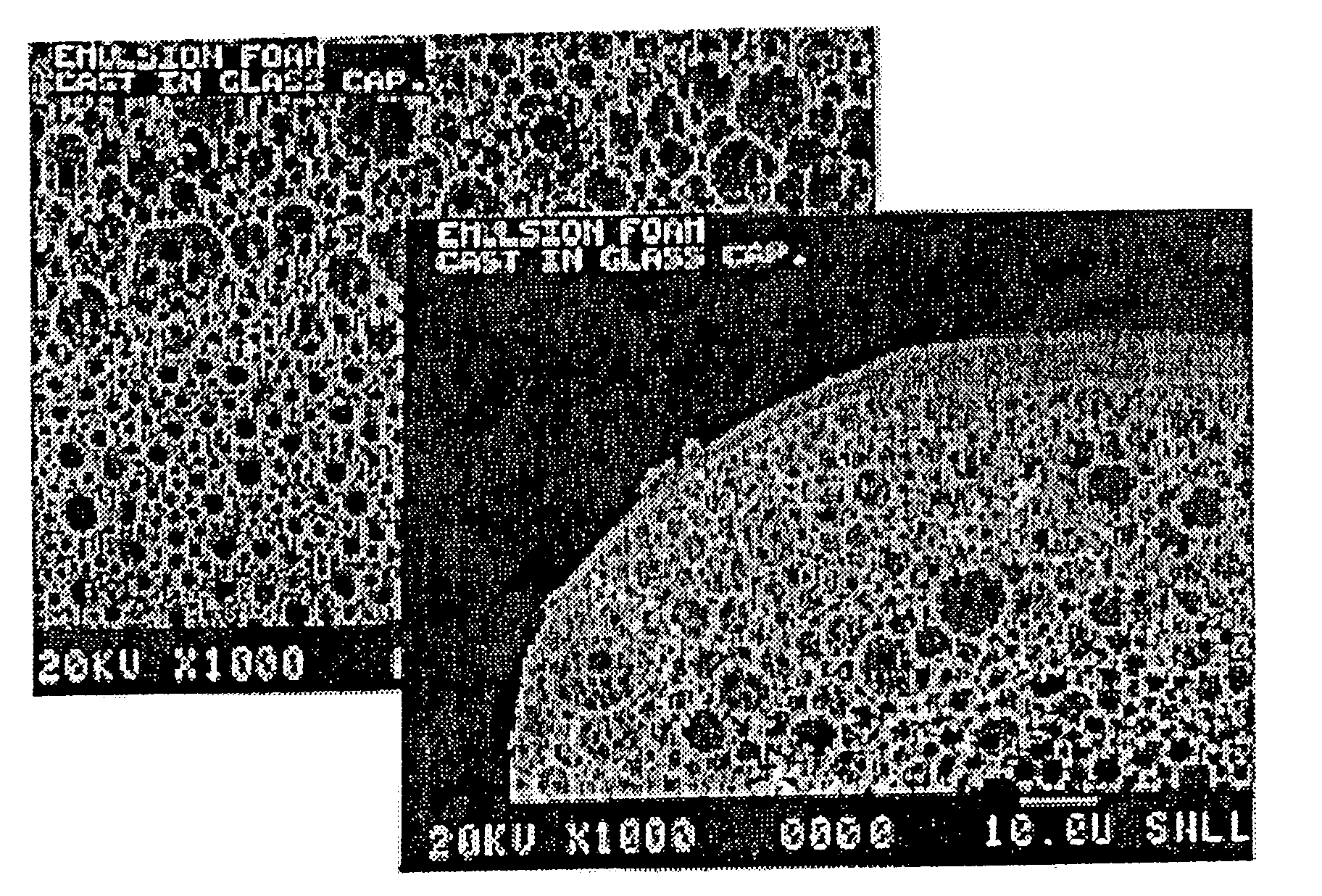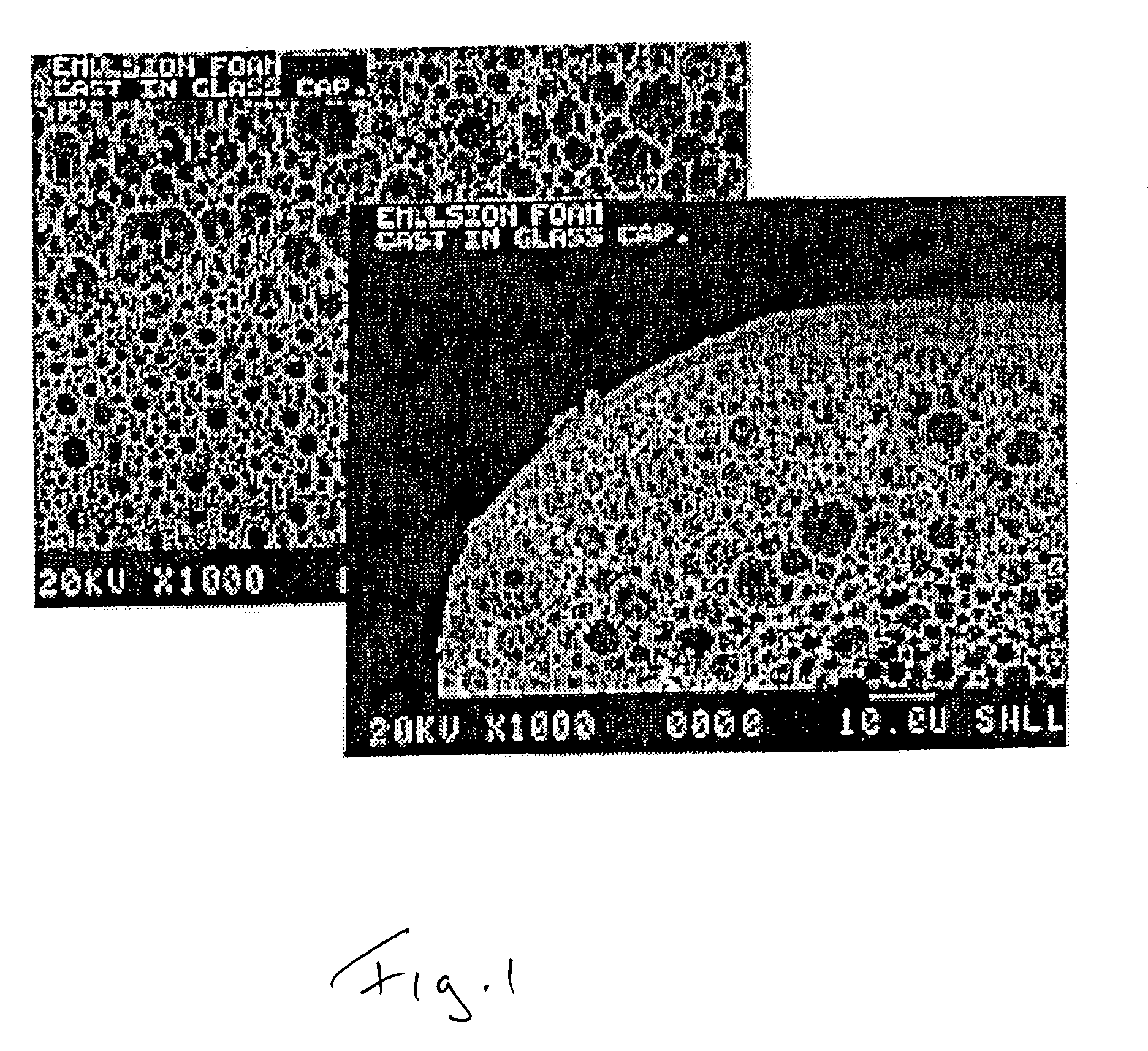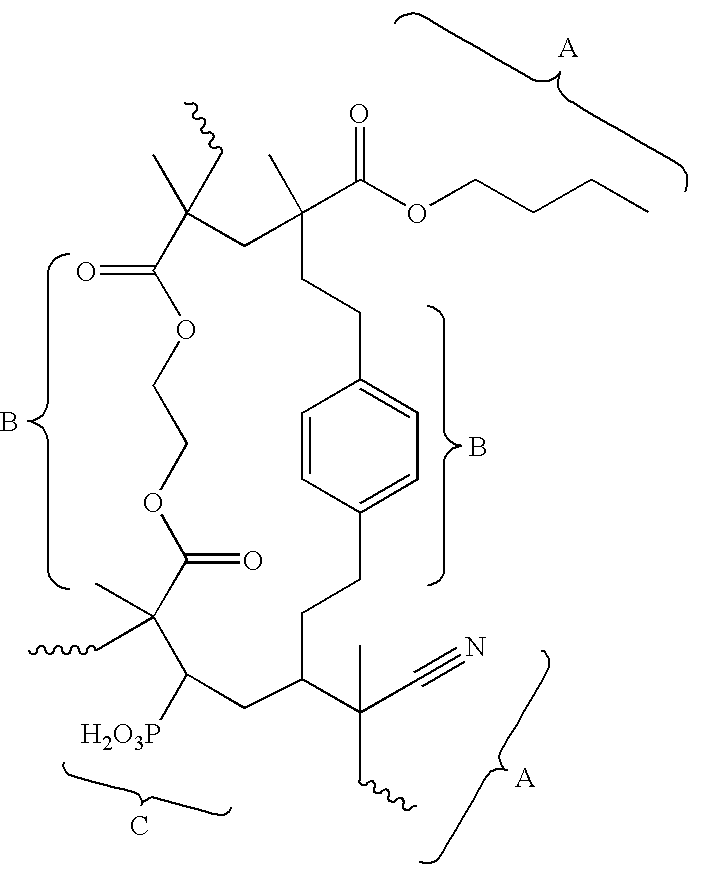Castable three-dimensional stationary phase for electric field-driven applications
a three-dimensional stationary phase and electric field technology, applied in the field of microfluidic devices, to achieve the effect of high internal volume, small pores and easy controllability
- Summary
- Abstract
- Description
- Claims
- Application Information
AI Technical Summary
Benefits of technology
Problems solved by technology
Method used
Image
Examples
Embodiment Construction
The present invention is directed to microfluid devices that employ electroosmotic flow for applications such as capillary electrochromatography and capillary zone electrophoresis, and particularly electrokinetic pumping and thus, have at least one fluid flow channel that has a stationary phase or porous dielectric material disposed therein. In this invention, that material comprises a 3-dimensional polymer material that can be cast-to-shape inside a capillary tube, microchannel, or a micromachined groove to form a material that possesses unique features that makes it especially suitable as a stationary phase for these electric field-driven applications. Included among these features are: 1) an interconnected 3-dimensional network of organic struts that provide a high internal volume and surface area and can also act as a framework for infusion of a low viscosity monomer that can be subsequently polymerized in place to support electroosmotic flow (see FIG. 1); 2) a surface that can...
PUM
| Property | Measurement | Unit |
|---|---|---|
| acidic or basic | aaaaa | aaaaa |
| structure | aaaaa | aaaaa |
| temperature | aaaaa | aaaaa |
Abstract
Description
Claims
Application Information
 Login to View More
Login to View More - R&D
- Intellectual Property
- Life Sciences
- Materials
- Tech Scout
- Unparalleled Data Quality
- Higher Quality Content
- 60% Fewer Hallucinations
Browse by: Latest US Patents, China's latest patents, Technical Efficacy Thesaurus, Application Domain, Technology Topic, Popular Technical Reports.
© 2025 PatSnap. All rights reserved.Legal|Privacy policy|Modern Slavery Act Transparency Statement|Sitemap|About US| Contact US: help@patsnap.com



